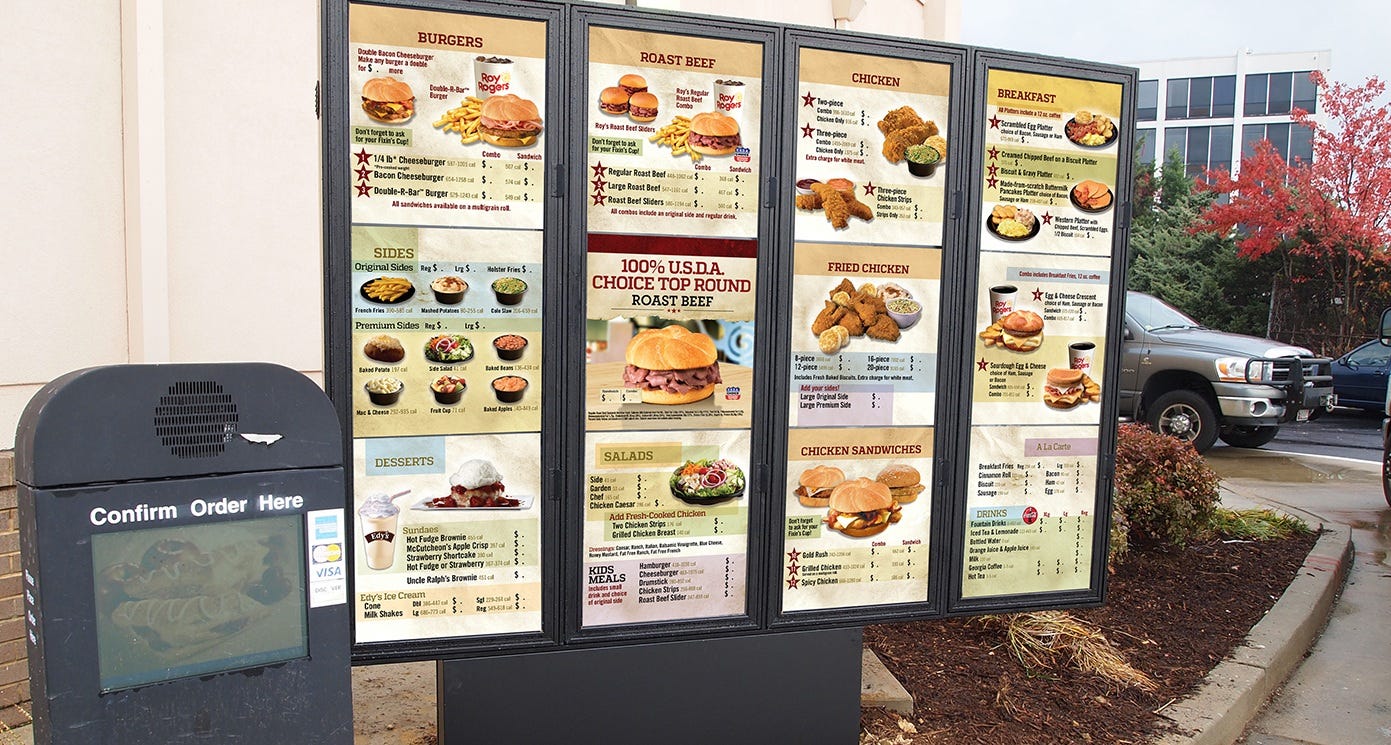As the world becomes more digitalized, companies are in search of new means to attract the focus of their target consumer demographics. However, one emerging technology that seems to be gaining popularity in recent years is the Digital Signage, which is dynamic display technologies that are applied in various sectors for promotional, informational and image boosting purposes. The very essence of this wonderful tool is a Content Management System, or CMS, which is at its core. But what does ‘Digital Signage CMS’ mean and how can it help businesses improve customer experience? Let’s dive in.
What is a Digital Signage CMS?
A Digital Signage CMS is a tool that allows users to design and program content that will be displayed on the screens in different areas. Whether it’s a digital billboard, a store fixture, or an interactive kiosk, the CMS offers a single interface to manage and schedule content.
Such systems allow organizations to centrally manage different screens so that the information is timely, relevant and targeted. Whether from a retail store to a corporate office, the CMS is a tool which offers a lot of flexibility and adaptability in relation to content distribution.
Features of a Strong Digital Signage CMS:
When choosing a CMS for digital signage, here are some key features that businesses should look for:
1. User-Friendly Interface: An easy-to-use interface means that the users of the software will be able to post, modify and program their content without extensive training.
2. Real-Time Updates: The capability of pushing content change in real time guarantees that businesses can adapt fast enough to new product developments, promotions or newsworthy matters.
3. Content Scheduling: On the basis of this criterion, the best CMS platforms should enable businesses to post content at some future date. This can be helpful when the product or service is advertised on a seasonal, weekly, or daily basis.
4. Multi-Screen Management: For those companies that have their branches or have many screens the CMS should be able to control all the content from one point when it is many screens or different branches.
5. Interactivity: Adding the interactive component can increase customer interest. The use of touch screens, QR codes and social networking buttons can enhance the user experience and make the process more interactive.
6. Data Integration and Analytics: Interoperability of connected data from external sources like; social media feeds, weather updates or financial updates give businesses an insight into how their signage is faring, affording them opportunities to make informed decisions.
Advantages of Employing a CMS on Digital Signage:
1. Enhanced Customer Engagement: Dynamic content is more compelling than static signage hence making communication between businesses and their customers effective. Informed and interested customers can be served through real-time updates and targeted messaging.
2. Improved Brand Awareness: Hence, through use of multimedia content like videos, animations and graphics, businesses are in a position to develop high impact and effective messages on their brands.
3. Cost-Effective Marketing: Static printed signs are always hardcopy and may need to be replaced when changes are made. Digital signage on the other hand can be updated immediately without further extra cost of printing, so in the long run it is cheaper and more environmentally friendly.
4. Flexibility and Scalability: Digital signage can be tailored for use by small business houses as well as for large corporations. It is possible to start with limited number of screens and add more as the business develops.
5. Better Communication: In the corporate sector, they can act as an internal communication tool—displaying messages, notifications, achievements or company updates in real time. It is a convenient method of sharing information with the teams mainly because it is suitable for offices that have several branches or many people.
Real-World Applications of Digital Signage CMS
- Retail: Retailers use digital signage to showcase promotions, new arrivals, and special offers. Interactive kiosks in stores can help customers find products or check prices, providing a seamless shopping experience.
- Healthcare: In hospitals and clinics, digital signage improves patient experiences by displaying important information such as waiting times, health tips, or directions. It can also serve as an emergency communication tool.
- Education: Schools and universities use digital signage to display announcements, event information, and schedules. It enhances the learning environment by integrating dynamic content into common areas like cafeterias and libraries.
- Hospitality: Hotels and restaurants use digital displays to provide information on services, menus, or promotions. In hotels, digital signage can also assist with wayfinding or showcase local attractions and events.
- Corporate Offices: Corporations utilize digital signage to communicate with employees and visitors, promoting company culture, showcasing achievements, or providing real-time updates about meetings and events.
Future Trends in Digital Signage CMS:
As it is with any growing field in technology, digital signage is still changing at a very fast rate. Here are a few trends that will shape the future of digital signage CMS:
• AI and Machine Learning: Real-time segmentation of audiences and targeting will continue to grow as AI systems help businesses deliver automated, user-specific content.
• Augmented Reality (AR): If employed as an element of digital signage, AR will enable customers to engage with simulated products or environments.
• Cloud-Based Solutions: There are more CMS platforms being integrated with cloud technology, thereby allowing for the management of content from any point in the business while at the same time improving the security of the content as well as its scalability.
• Voice and Gesture Control: There will be likely more voice or gesture-based interaction, which will improve both hygiene and accessibility.
It is difficult to attract attention in today’s world where everything is rapidly moving forward. A Digital Signage CMS presents a business with an opportunity to engage their audience with flexibility, scalability, and with high dynamism. The use of the interactive elements, the real-time updates and data-driven content can make businesses build more effective experiences that not only provide information but also entertainment to the customers.
With further advancement of digital signage, any business that adopts this kind of technology will have an added advantage in reaching its target customers and creating a competitive edge.





